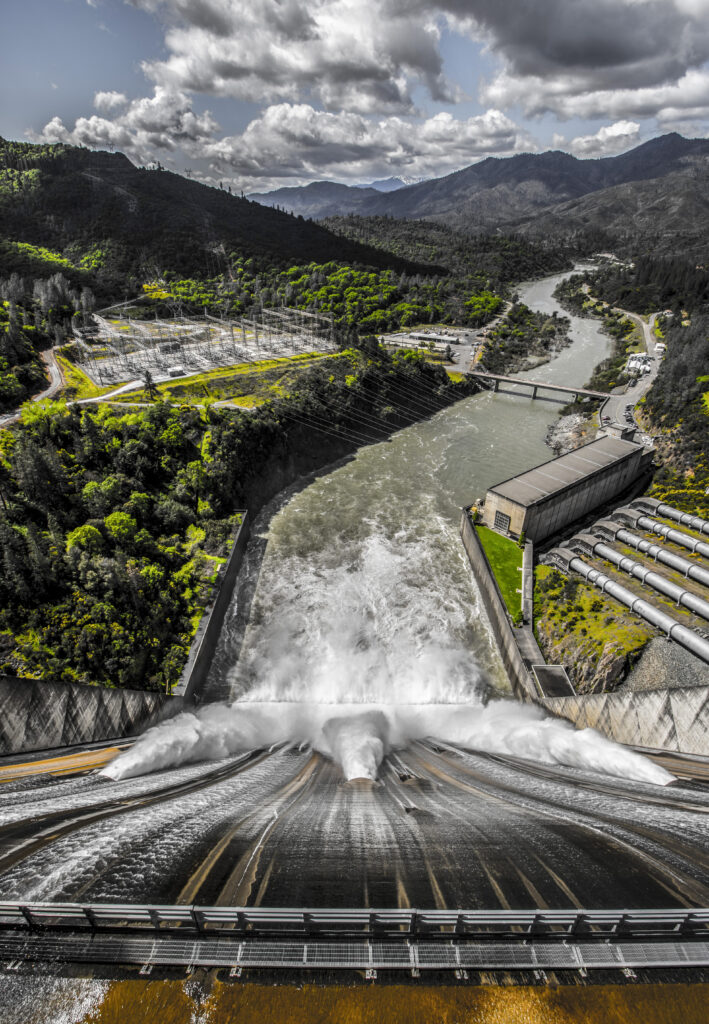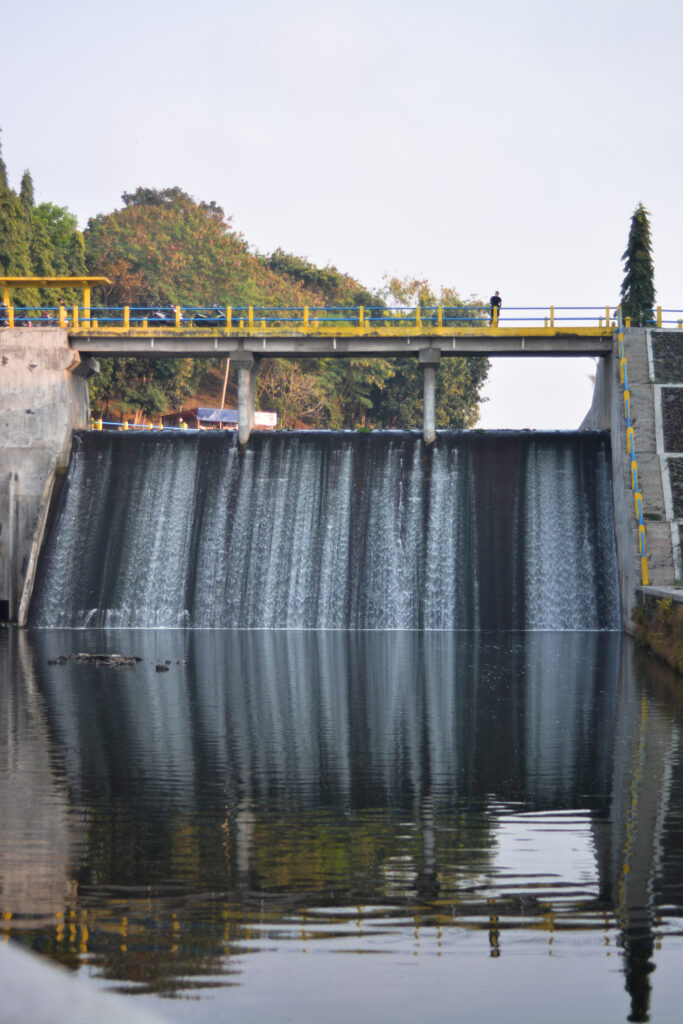



Large Dams and micro-hydro systems are two methods of harnessing hydroelectric power, but they serve very different purposes and have unique advantages and disadvantages. Understanding these differences can help stakeholders make informed decisions when evaluating energy solutions for different regions and needs.
Large-Scale Dams
Large-scale dams generate significant electricity and typically have a high capacity, often ranging from hundreds to thousands of megawatts. They store large volumes of water in reservoirs which can be used to generate power on demand. Here are some key characteristics:
Advantages:
- High Energy Output: Large dams produce substantial amounts of electricity, making them ideal for powering cities and industries.
- Water Management: They can help manage water resources for irrigation, flood control, and drinking water supply.
- Economic Development: Large-scale projects can spur job creation during construction and operation phases.
Disadvantages:
- Environmental Impact: They disrupt local ecosystems, potentially harming fish populations and other wildlife due to habitat alterations.
- Displacement: Large dams can require the displacement of local communities, leading to social and economic issues.
- High Initial Costs and Long Construction Times: Building large dams requires significant investment and time, often taking years or decades to complete.
Micro-Hydro Systems
Micro-hydro systems are designed for smaller scale operations, typically producing up to 100 kilowatts of power. They are ideal for rural or remote areas where larger infrastructure isn’t feasible. Here are the essential aspects:
Advantages:
- Low Environmental Impact: Micro-hydro systems have a smaller footprint and generally cause less disruption to the local ecosystem.
- Community Empowerment: They can be developed locally, empowering communities to generate their own electricity and reduce dependence on centralized utilities.
- Less Capital-Intensive: The initial investment is much lower compared to large dams, reducing financial barriers for rural development.
Disadvantages:
- Limited Output: They generate less power, which may not meet the needs of larger populations or industries.
- Seasonal Variations: Their efficiency can be greatly affected by seasonal water flow changes, impacting reliability.
- Maintenance: Micro-hydro systems can require ongoing technical knowledge and resources for maintenance, which may not be readily available in all communities.
Applications
The choice between large-scale dams and micro-hydro systems often depends on specific regional needs, available resources, and environmental considerations. For urban areas with high electricity demands, large dams may be more appropriate. In contrast, mic-rohydro systems provide renewable energy solutions for rural communities lacking access to the grid.
Sustainability
Both options contribute to renewable energy efforts but do so in different ways. Large dams can be pivotal in transitioning from fossil fuels on a large scale when managed sustainably. However, efforts must be made to mitigate their ecological footprint. Micro-hydro systems present a more sustainable model overall due to their lower impact and scalability. They can adapt to local needs, using site-specific assessments to optimize environmental compatibility and economic viability.
Conclusion
In conclusion, when deciding between large-scale dams and micro-hydro systems, stakeholders must carefully weigh the benefits and drawbacks of each option. Large-scale dams can generate significant amounts of electricity, contributing substantially to energy needs. However, they often come with considerable environmental impacts, such as flooding large areas, disrupting ecosystems, and displacing communities. These social and ecological costs require thorough assessment and management.
On the other hand, micro-hydro systems offer a more localized and environmentally friendly alternative. Typically producing up to 100 kW, micro-hydro plants have a much smaller footprint, cause minimal ecological disruption, and promote local empowerment by allowing communities to manage their own energy resources. They are cost-effective, require less maintenance, and can provide reliable power to remote or rural areas without the extensive infrastructure needed for large dams.
While micro-hydro systems depend on suitable site conditions and may face limitations such as seasonal flow variability, their flexibility and lower social impact make them attractive for sustainable development. They also foster community involvement, as seen in successful projects where local groups build and maintain the systems, enhancing social cohesion and energy independence.
As renewable energy becomes a global priority, understanding these differences is crucial. Large dams and micro-hydro systems each have roles to play depending on scale, location, and community needs. Careful planning that balances energy production goals with environmental and social considerations will be key to building sustainable, resilient energy solutions tailored to diverse contexts.
For more comprehensive insights about sustainable energy technology, check Andromeda Energy. It’s essential to keep these perspectives in mind as we transition toward a more sustainable future in energy generation.
For Further Detail
https://www.renewableenergyworld.com/


Leave a Reply